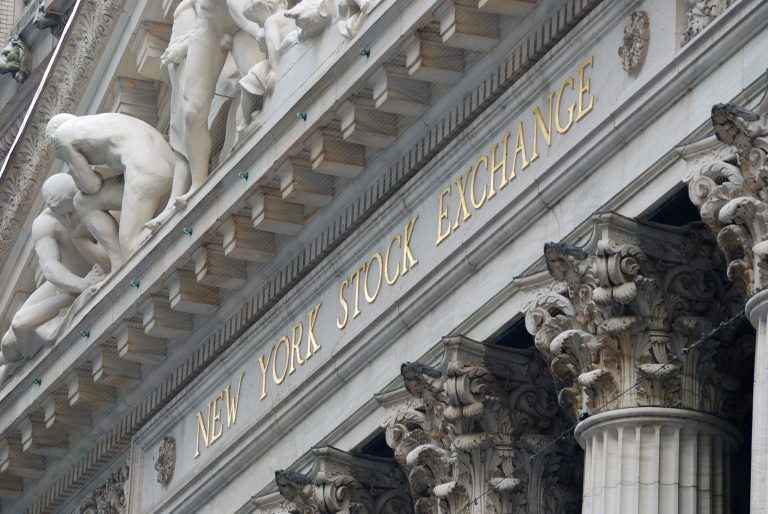The JPMorgan Equity Premium Income ETF (JEPI) had a fairly strong performance in 2024 as American equities delivered double-digit gains. The fund, which is the biggest actively managed ETF, rose to a record high of $60.12 in December and then pulled back to the current $58. So, what is its outlook for 2025?
JPMorgan Equity Premium Income ETF 2024 review
The JEPI ETF had a good performance in 2024 as investors continued embracing high-dividend active ETFs. According to ETF, it had inflows in all months except August, when it had a net outflow of $21 million.
JEPI had a net inflow of over $5 billion in 2024, which brought its assets under management to over $37 billion. Investors love the fund because of its substantially high dividend yield of over 7%, which is higher than what other dividend funds are offering. The yield is also higher than what short and long-term government bonds offer.
However, JEPI’s investors were more badly off than those who allocated their cash to traditional assets like the S&P 500 and Nasdaq 100 indices. The fund’s stock rose by 5.75%, while the S&P 500 index jumped by 26% in the same period.
JEPI’s total return, which includes dividends, was also weaker than the what the benchmark S&P 500 index offered. It rose by 13.80%, while the SPY ETF’s total return was 28%.
This performance was likely because JEPI’s gains are usually capped when the benchmark index is in a strong uptrend.
For starters, JEPI is a covered call ETF that has two key dimensions. In the first step, the fund has invested in a group of companies that are members of the S&P 500 index. And in the next one, it has sold call options for the S&P 500 index.
A call option gives the fund a right, but not the obligation to buy the S&P 500 at a certain strike price. The gains are usually capped when the index is in a strong uptrend and hits the strike price.
JEPI ETF outlook for 2025
The JEPI ETF’s performance will depend on the overall trends in the stock market. Most Wall Street analyst expect that US equities will continue doing well this year, with those at Oppenheimer and UBS predicting that the S&P 500 index will hit $7,100 this year. The fund will likely do well if these estimates are correct.
Analysts are citing the incoming Trump administration, which will focus on some friendly policies like tax cuts and deregulation. They also expect that the AI theme will continue to dominate the financial market during the year.
However, I believe that the stock market will take a breather after rising for two consecutive years. For one, I expect that the recent AI tailwinds will start fading as the industry starts to slow. The most recent NVIDIA earnings showed that the company’s growth was slowing.
There is also a risk that bond vigilantes will return as Trump focuses on unfunded tax cuts as we saw in the UK a few years ago.
JEPI ETF analysis
The daily chart shows that the JEPI peaked at $60.12 on December 2 and then retreated to $58, as I predicted. This retreat happened after the stock formed a rising wedge chart pattern, a popular bearish sign. It has moved below the lower side of the wedge at $59.9.
The stock has formed a strong support at the 23.6% Fibonacci Retracement level at $56. It has also found support at the 200-day Exponential Moving Averages (EMA).
Therefore, the outlook for the JEPI ETF is mildly bearish, with the next point to watch being at $53, the 50% retracement point, which is about 7.7% below the current level.
The post JEPI forecast: will this covered call ETF rise or fall in 2025? appeared first on Invezz










